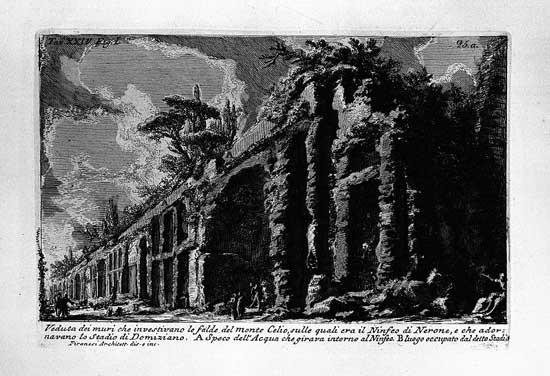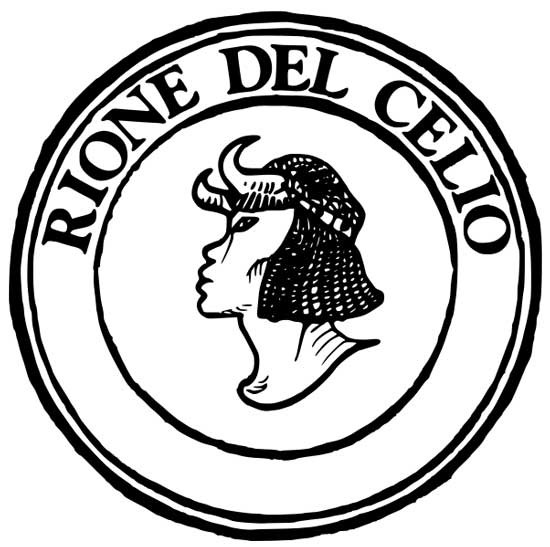The so-called Caelian is the nineteenth district of Rome, as well as one of the seven hills on which stands the Eternal City.
Every manual of Roman history will punctually report the list of the famous seven hills over which the city developed from a native settlement. Aventine, Capitoline, Caelian, Esquiline, Palatine, Quirinal, Viminal are precisely the names of all the hills, as specified even by Plutarch and Cicero.

Regarding the Caelian, we know that originally it was known as Mons Querquetulanus, or “mount of the oaks” and it is only later that it is called Caelian, from the Latin word “Caele”. More precisely, its name is linked to an historical figure of the same name, Caelius Vibenna, from the Etruscan Gens, whose help proved fundamental for the rise to power of the sixth king of Rome, Servius Tullius.
From an administrative standpoint, although the district was officially established only in 1921, therefore in the modern age, today it is one of the most strategic places for visiting the city thanks to its proximity to the Coliseum, which is located right in this area.
According to sources, the neighbourhood was originally divided into different geographical areas: Coelius, Coeliolus, Succusa. The three zones formed the so-called Coelimontium. This part of town has been populated since the classical age; in fact, several important families lived here, such as Mamurra, a political figure linked to Julius Caesar, whose house was adorned with rich marble columns according to reports by the historian Pliny. Also in the Caelian district, the Emperor Marcus Aurelius was born in the imperial age in the villa of Domitia Lucilla Minor.
A dense network of streets which even today preserve some of their original names crossed the Caelian district. Among these are the Caelimontana and the Tuscolana. We also know that in the fourth century BC the aqueduct of the Water Appia crossed the hill. In this area we also find one of the most famous tombs of Roman history; it is the tomb of the Scipios, a funerary monument of which remain the galleries extracted from tuff that were used to accommodate the various sarcophagi.
During the pillage by Alaric in 410, the city was damaged, and this area was particularly affected by the descent of the Goths in general. Precisely Totila, in the sixth century, cut the aqueducts and from then this urban area was abandoned. During the medieval period, churches and places associated to the Christian cult were built, such as the Basilica of San Clemente, the Church of the Holy Four Crowned Ones and the Church of Saint Stephen in the Round.
At the end of the nineteenth century, precisely in 1870, this urban area was at the centre of the project “Capital Rome”, which intended reformulating various aspects of the capital’s urban plan. During this time the Military Hospital was built, and at the end of the century the popular Caelian neighbourhood rose.
This district now covers about 60 hectares. In one of the highest areas rises Piazza della Navicella with access to Villa Celimontana, one of the most famous green areas of the capital, dating back to the XVI century. Compared to other Roman districts, the Caelian is not overly populated, although in recent years many and touristic facilities have been created.

The district’s coat of arms depicts the profile of an African character with a headgear resembling an elephant’s head and with golden spikes. Surely its meaning is linked to the history of African legionnaires who were once on this hill, led by the famous Consul Scipio Africanus. This heraldic detail shows once again how the Eternal City is rooted to its mythical origins still today, and shows this bond in the various aspects of the cultural and social life.


